As winter’s chill fades and the world awakens with vibrant blooms and warmer breezes, spring invites a shift in routine, diet, and even beverage choices. Tea enthusiasts around the globe embrace this seasonal transition by exploring blends that align with the spirit of renewal—light, floral, and invigorating teas that cleanse the palate and uplift the senses. Whether you’re seeking hydration, immune support, or a moment of tranquility amid blooming chaos, spring offers a bounty of teas tailored to its unique rhythm. This article delves into the best teas to sip this season, exploring their flavors, health benefits, and cultural significance.
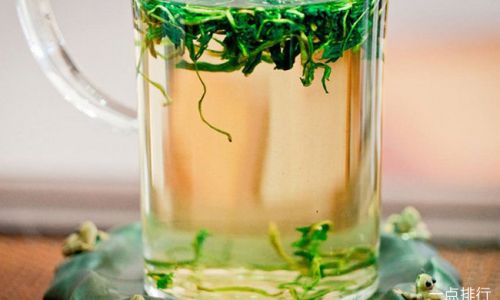
Green Tea: The Quintessential Spring Elixir
Green tea, with its delicate grassy notes and vibrant green hue, is often hailed as the perfect companion for spring. Its minimal oxidation process preserves a high concentration of antioxidants, particularly catechins like EGCG (epigallocatechin gallate), which combat oxidative stress and support metabolic health. Spring-harvested green teas, such as Sencha from Japan or Longjing (Dragon Well) from China, are particularly prized for their fresh, vegetal flavors and tender leaves plucked in early growing seasons.
Why It’s Ideal for Spring:
- Hydration and Detoxification: After months of hearty winter meals, green tea’s mild diuretic properties aid in flushing toxins, while its polyphenols support liver function.
- Mood Enhancement: The amino acid L-theanine, abundant in green tea, promotes relaxation without drowsiness, balancing the seasonal surge in energy.
- Allergy Relief: Some studies suggest green tea’s antihistamine effects may alleviate seasonal allergy symptoms, a common springtime woe.
Brewing Tips:
Use water heated to 175°F (80°C) to avoid bitterness. Steep for 2–3 minutes, adjusting time based on leaf quality. Pair with light dishes like salads or sushi to complement its freshness.
White Tea: The Epitome of Subtlety
White tea, made from young buds and leaves, undergoes even less processing than green tea, resulting in a brew that’s exceptionally mild and slightly sweet. Varieties like Silver Needle (Bai Hao Yin Zhen) or White Peony (Bai Mu Dan) are harvested in early spring, making them a seasonal delicacy.
Why It’s Ideal for Spring:
- Gentle Detox: High in antioxidants yet low in caffeine, white tea offers a soothing cleanse without overstimulation.
- Skin Health: Spring’s fluctuating temperatures can stress the skin; white tea’s polyphenols combat free radicals, promoting a radiant complexion.
- Mental Clarity: Its light caffeine content provides a subtle energy boost, ideal for mornings when winter’s heaviness lingers.
Brewing Tips:
Use water at 185°F (85°C) and steep for 4–5 minutes. Enjoy plain to savor its nuanced flavors, which may include hints of honey, cucumber, or hay.
Herbal Infusions: Nature’s Spring Remedies
Herbal teas, or tisanes, are caffeine-free and derive from flowers, fruits, or herbs. Spring’s abundance of blooming plants inspires blends like chamomile, peppermint, or nettle—each offering unique health perks.
Chamomile:
- Calming Effects: Ideal for winding down after busy spring days, chamomile’s apigenin binds to brain receptors, reducing anxiety.
- Digestive Aid: Eases bloating, a common issue as diets shift toward lighter fare.
Peppermint:
- Allergy Relief: Menthol clears sinuses, while its anti-inflammatory properties soothe seasonal irritations.
- Energy Boost: The refreshing aroma invigorates without caffeine.
Nettle Tea:
- Nutrient-Rich: Packed with iron and vitamins, nettle supports immune health during seasonal transitions.
- Detox Support: Acts as a natural diuretic, aiding the body’s spring cleanse.
Brewing Tips:
Use boiling water for robust herbs like nettle or peppermint, but lower temperatures (190°F/88°C) for delicate flowers like chamomile. Steep 5–7 minutes for maximum flavor.
Oolong Tea: The Bridge Between Seasons
Oolong tea, partially oxidized between green and black tea, offers a balanced profile that suits spring’s transitional weather. Its floral or fruity notes, depending on the varietal, evoke the season’s essence.
Why It’s Ideal for Spring:
- Metabolism Support: Oolong’s polyphenols may enhance fat oxidation, aiding winter weight management.
- Adaptability: Lighter oolongs like Ti Kwan Yin refresh on warm days, while darker roasts like Da Hong Pao warm chilly mornings.
- Cultural Significance: In Chinese tea ceremonies, oolong symbolizes harmony—a fitting theme for spring’s balance of light and growth.
Brewing Tips:
Use water at 195°F (90°C) and steep for 3–4 minutes. Multiple infusions reveal evolving flavors, making it a meditative choice for leisurely afternoons.
Jasmine Tea: Aromatic Bliss
Scented green or white tea infused with jasmine blossoms, this brew captures spring’s fragrance in a cup. The flowers are traditionally harvested at night when their aroma is most potent, then layered with tea leaves to absorb the scent.
Why It’s Ideal for Spring:
- Mood Uplift: Jasmine’s floral aroma reduces stress and elevates mood, countering spring fatigue.
- Antioxidant Powerhouse: Combines green tea’s benefits with jasmine’s own antioxidants, which may protect against chronic diseases.
- Cultural Romance: Popular in Chinese and Middle Eastern traditions, jasmine tea fosters connection during spring gatherings.
Brewing Tips:
Use slightly cooler water (175°F/80°C) to preserve the delicate scent. Steep for 2–3 minutes, and serve without milk to avoid masking the floral notes.
Matcha: The Vibrant Green Powder
Though rooted in Japanese tea ceremonies, matcha’s vibrant color and energizing effects make it a modern spring favorite. Made from shade-grown green tea leaves ground into a fine powder, matcha delivers a concentrated dose of antioxidants and caffeine.
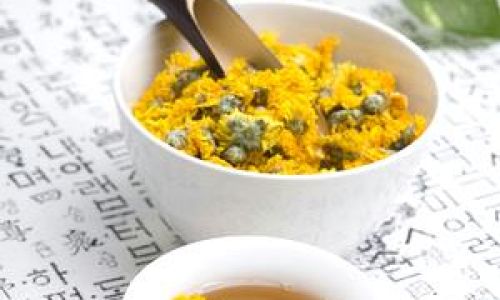
Why It’s Ideal for Spring:
- Sustained Energy: The combination of caffeine and L-theanine provides a calm, focused energy boost without jitters.
- Detox Support: Chlorophyll-rich matcha aids in detoxifying the body, aligning with spring’s renewal theme.
- Versatility: Blend into lattes, smoothies, or desserts for a creative twist on traditional brews.
Preparation Tips:
Sift 1–2 teaspoons of matcha into a bowl, add 2 oz of hot water (175°F/80°C), and whisk vigorously until frothy. Enjoy immediately to savor its creamy texture.
Rooibos Tea: Caffeine-Free Comfort
Native to South Africa, rooibos (red bush) tea is naturally caffeine-free and rich in antioxidants like aspalathin. Its sweet, nutty flavor makes it a soothing alternative for those sensitive to caffeine.
Why It’s Ideal for Spring:
- Immune Support: High in vitamin C and minerals, rooibos strengthens immunity during seasonal shifts.
- Skin Soother: Its anti-inflammatory properties calm irritations like eczema, which may flare in spring.
- Versatility: Pair with citrus slices or honey for a refreshing iced tea, perfect for warm afternoons.
Brewing Tips:
Use boiling water and steep for 5–7 minutes. Chill and serve over ice with a sprig of mint for a revitalizing twist.
Chrysanthemum Tea: Floral Coolness
A staple in Chinese medicine, chrysanthemum tea is made from dried flowers and prized for its cooling properties. Its mild, slightly sweet taste and golden hue evoke images of spring blossoms.
Why It’s Ideal for Spring:
- Heat Clearing: Traditional Chinese medicine uses it to reduce internal “heat” caused by seasonal changes.
- Eye Health: Rich in beta-carotene, it may alleviate eye strain from prolonged screen time or allergies.
- Hydration: A low-calorie, caffeine-free option for staying refreshed during outdoor activities.
Brewing Tips:
Steep dried chrysanthemum petals in hot water (205°F/96°C) for 4–5 minutes. Add rock sugar or goji berries for a sweet twist.
Dandelion Tea: Earthy Detox
Once considered a weed, dandelion root tea has gained popularity for its detoxifying benefits. Roasted roots yield a coffee-like brew without caffeine, while leaves offer a grassier flavor.
Why It’s Ideal for Spring:
- Liver Support: Dandelion stimulates bile production, aiding digestion after winter’s heavy foods.
- Diuretic Properties: Helps reduce water retention, a common spring concern.
- Nutrient-Dense: Rich in vitamins A, C, and K, it bolsters overall health during seasonal transitions.
Brewing Tips:
Simmer 1–2 teaspoons of roasted dandelion root in water for 10 minutes. Strain and enjoy plain or with a splash of almond milk.
Hibiscus Tea: Tart and Tangy Refreshment
Known as agua de jamaica in Latin America, hibiscus tea is made from dried calyces of the hibiscus flower. Its crimson hue and tart flavor make it a visually stunning spring beverage.
Why It’s Ideal for Spring:
- Hydration: Naturally caffeine-free and high in vitamin C, it’s a thirst-quenching alternative to sugary drinks.
- Blood Pressure Support: Some studies suggest hibiscus may lower blood pressure, a benefit for heart health.
- Antioxidant Boost: Its anthocyanins combat inflammation, aligning with spring’s focus on renewal.
Brewing Tips:
Steep dried hibiscus flowers in boiling water for 5–7 minutes. Sweeten with honey or serve over ice with lime wedges.
Conclusion: Embracing Spring’s Tea Rituals
Spring invites us to shed winter’s layers and embrace lighter, brighter choices—and tea is no exception. From the grassy freshness of green tea to the floral embrace of jasmine, each brew offers a unique pathway to rejuvenation. Whether you’re seeking immune support, mental clarity, or a moment of calm amid blooming chaos, spring’s tea selection caters to every need. Experiment with blends, explore global traditions, and let each sip remind you of the season’s promise: renewal, growth, and the simple joy of a well-brewed cup.
As you sip your way through spring, remember that tea is more than a beverage—it’s a ritual, a meditation, and a bridge between nature’s cycles and our own. Here’s to a season filled with warmth, growth, and the perfect cup. 🌸
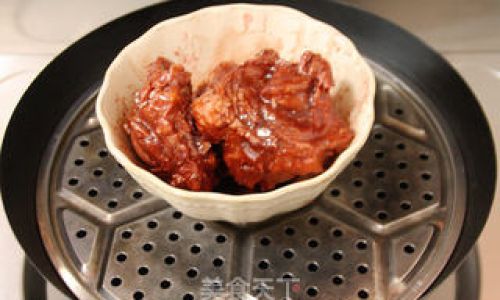
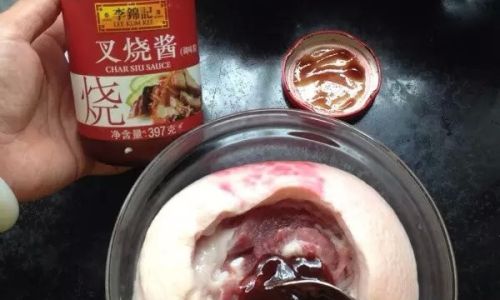
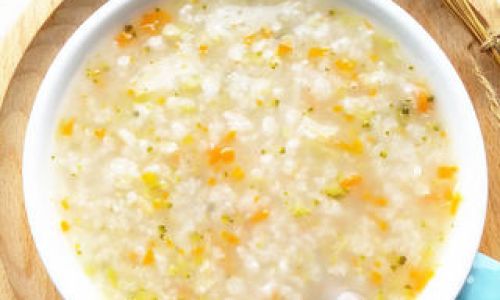
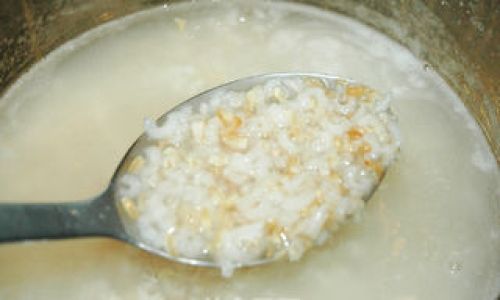
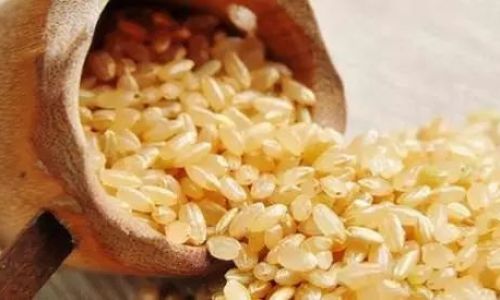
0 comments